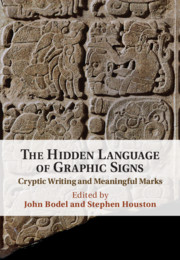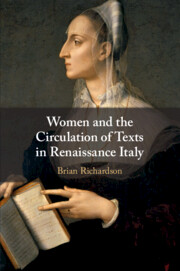What do Christians do when they read? How can Christian reading be understood anthropologically? Anthropologists of Christianity have offered many ethnographic descriptions of the interplay among people, words, and material objects across Christian groups, but descriptions of Christian reading have often posited an androgynous reader. In response to this we begin from the observation that while reading cannot be done without words, it also cannot be done without a body. We propose that an analytic approach of placing language and materiality (including bodies) together will help clarify that reading texts is an embodied practice, while not undermining the importance of working with words. We draw inspiration from the recent interest in bringing linguistic anthropology and materiality studies together into the same analytic frame of “language materiality.” We explore a language-materiality approach to reading by comparing how the biblical story of Mary and Martha was read by Protestant women in two historical situations: 1920s Norway and the 1950s United States. We argue that in these cases the readers’ gendered, raced, and classed bodies were central to the activity of reading texts, including their bodies’ material engagements with the world, such as carrying out women's work. We suggest that paying attention to embodied reading—that is, readers’ social entanglements with both language and materiality—yields a fuller analysis of what reading is in particular historical situations, and ultimately questions the notion of a singular Protestant semiotic ideology that works consistently toward purification.




